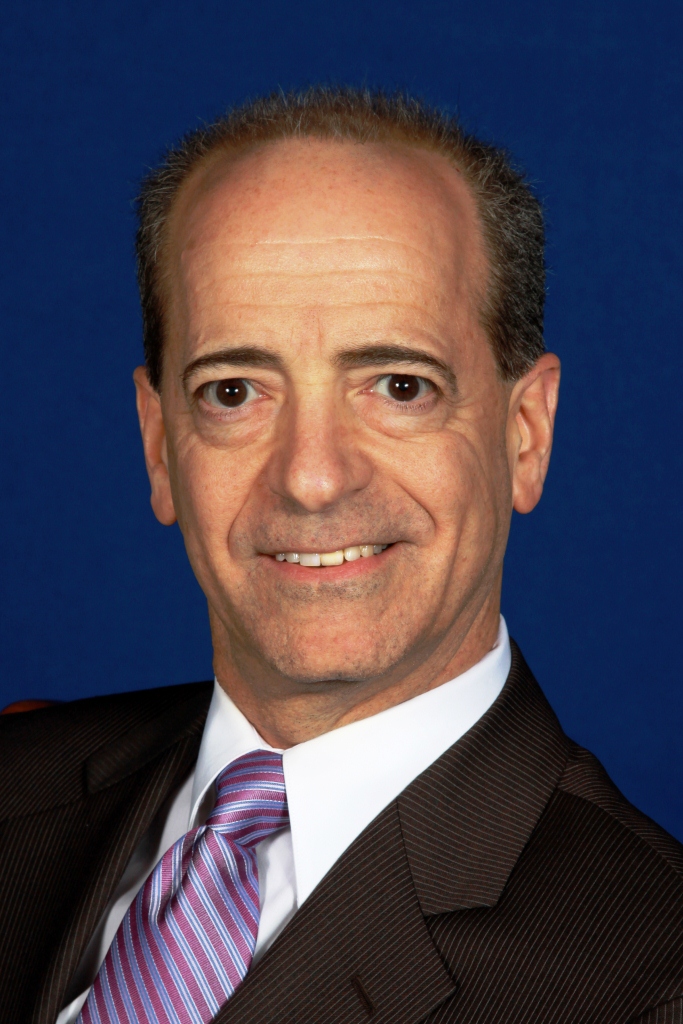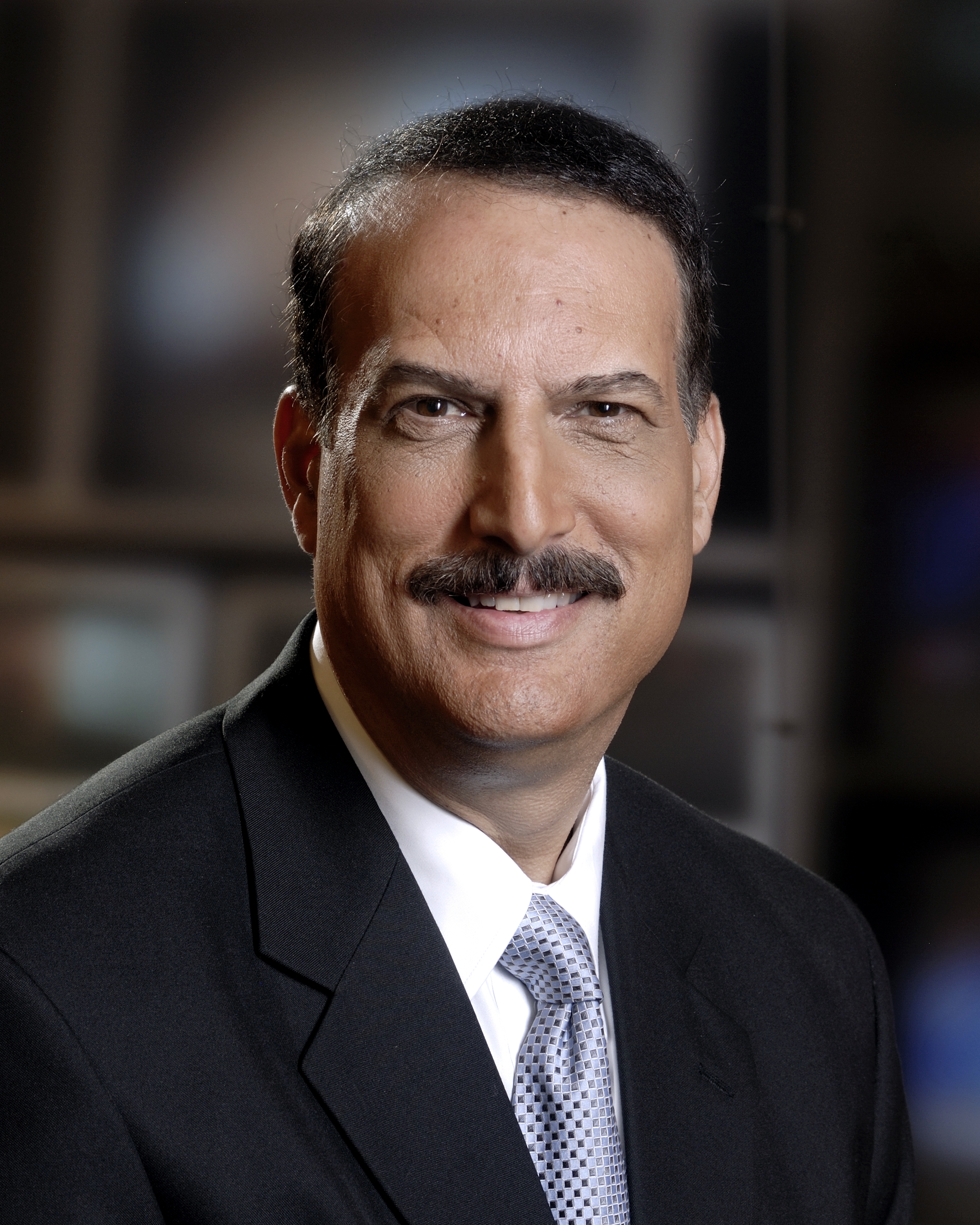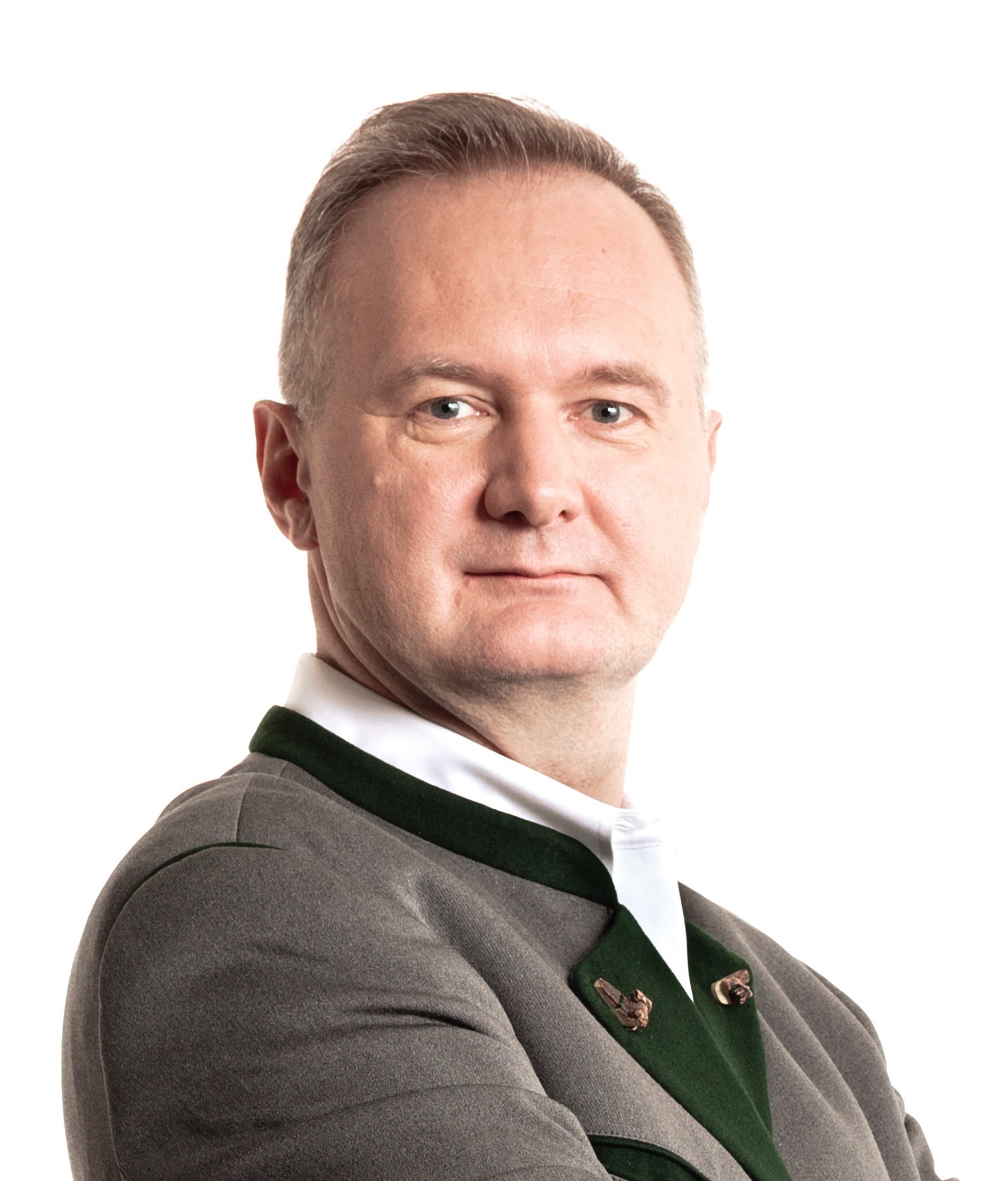Next Gen TV, IT Issues to Dominate 2019 NAB Show BEITC
LAS VEGAS—Bleeding-edge tech and issues will be front-and-center at this year’s Broadcast Engineering and Information Technology Conference (BEITC) at the 2019 NAB Show. This year’s conference runs April 6-11 at the Las Vegas Convention Center in the North Hall meeting rooms.

“The focus of the 2019 BEITC is, as always, the latest and most authoritative technical presentations of broadcast and related media technologies, from experts in their respective fields,” said Skip Pizzi, vice president of technology education and outreach for NAB. “Presentations will cover radio and television broadcasting technology, both on-air and online, including core audio, video and RF engineering topics as well as IT-related supportive elements.”
Big Topics this year include ATSC 3.0, artificial intelligence, IP-based facilities and SMPTE ST 2110/AES67, according to Pizzi. “The industry seems to be moving to calling this ‘professional media networking,’ so we are following suit—5G, big data, OTT, cybersecurity and content protection,” he said. “I hope delegates will come away having deepened their understanding of technologies critical to their personal skill sets and their employers’ operations, and ideally also learned a few brand new things.”
Given the wealth of compelling presentations scheduled for BEITC 2019, it wasn’t easy for Pizzi to choose some to recommend to TV Technology readers. The five below are by no means the only must-attend sessions at this year’s BEITC, but they do belong on this list.
TRANSITION TO ATSC 3.0
To address broadcasters’ questions about the transition to ATSC 3.0, the NAB and partnering broadcasters have created the “ATSC 3.0 Station Transition Guidelines Manual.” The details of the new manual will be explored during “Transitioning Television Markets to Next Gen TV is a Team Sport,” April 7. 3:20-3:40 p.m.

“The manual provides relevant information to all those involved with broadcast stations, large and small, in how a coordinated market transition may be implemented from the current ATSC-1 broadcast standard to the Next Gen TV platform or ATSC 3.0,” said Jeff Andrew, director of broadcast communications for Osborn Engineering, who along with NAB Senior Vice President of Technology Lynn Claudy will speak at the conference. “This session is for all broadcast executives and engineers who want to learn more about how to make ATSC 3.0 part of their stations’ business.”
The new manual is being unveiled at a crucial time for U.S. TV broadcasters. Unlike the move from NTSC to ATSC-1, “the conversion to ATSC 3.0 is especially challenging since there will be no additional interim TV channel made available by the FCC during the transition,” said Andrew. “Most stations will have to coordinate within their particular markets with other stations in order to form channel-sharing agreements to be able to provide legacy ATSC 1 programming and the new Next Gen TV services. In most television markets, cooperation between stations, commercial and non-commercial, with be key in order to have a successful market transitions to ATSC 3.0.
“Hopefully most of their questions will be answered on how to get started, including formulating the budgets required to convert [repacking and non-repacking], and the new Next Gen equipment needed to be acquired for your plant in order to broadcast ATSC 3.0, plus ways to coordinate with station managers and engineers in your markets to work together on the transition to Next Gen TV in a timely manner.”
REPACK: THE 1 WTC EXPERIENCE
With broadcasters now in Phase 2 of the channel repack, BEITC attendees can learn how it was accomplished in the nation’s largest media market at “No More Broadcaster Silos: Lessons on the Repack from Phases 1 and 2,” Sunday April 7, 3:40-4:40 p.m. in N256.
“We start with a repack case study of the transmission center at 1 World Trade Center in New York, which services seven broadcasters in the most densely populated geography of any RF site in the U.S.,” said moderator and broadcast marketing consultant Josh Gordon. “The date of this session will be four days from the completion of the repack's Phase 2 which, unlike Phase 1, will include stations in heavily populated areas.”
Panelists include John Lyons, assistant vice president at the Durst Organization and Director of Broadcast Operations at 1 World Trade Center; Doug Lung, vice president of Broadcast Technology at NBC/Telemundo stations and long-time TV Technology columnist; Nick Wymant, CTO at RFS Systems; and Stephen Kolvek, CTO at MYAT, Inc.
One of the issues up for discussion will include repack-linked stations, according to Gordon. “Doug Lung and John Lyons first realized the extent of this issue when formulating test plans for the post-repack facility at 1 World Trade Center,” Gordon said. “As a broadcaster moves to its new repack frequency, it becomes ‘linked’ to the station that currently occupies that frequency. Before a station can move to its new channel, stations on that channel have to move to their new channel, which in many cases is occupied by another station that has to move to a new channel and so on. The presentation will trace how the linked chain of stations that must move before WCBS-TV in New York City can move extends as far as Ohio and Ontario.”
Wymant and Kolvek, whose companies were involved with the 1 World Trade Center build, will add perspective on the state of repack building services nationwide, Gordon added. “We anticipate discussing other issues that will come up during Phase 2.”
APPLICATION TELEVISION
With ATSC 3.0, broadcasters will be able to offer apps for their viewers to consume live and VOD content via over-the-top (OTT) streaming services. This change will plunge broadcasters into “The Brave New World of Application Television,” a BEITC 2019 session hosted by Jim DeChant, vice president of Technology for News-Press & Gazette Broadcasting, April 7, 2:30-2:50 p.m. in Rm. N256.
"My presentation will explore ATSC 3.0 mechanisms for signalling and replacing content, methods for defining clip order, interfacing with content decision engines and the use of media cache to facilitate dynamic content replacement in an application based display system,” DeChant said. “Advanced signalling techniques offer new ways to provide a ‘broadcast quality' streaming experience featuring UHD video, immersive audio and a customized user content via a process known as ‘Dynamic Content Replacement.’"
DeChant will assess the value of broadband routers, storage devices and ATSC 3.0-capable consumer receivers for handling Application Television. The need for common mezzanine formats, media identifiers, content security and new technologies like Common Media Application Format will also be discussed. "These systems will bring a new content ecosystem to our homes, cars and businesses improving the media experience through dynamic content replacement," he said.
DELIVERING UHD HDR CONTENT
With the 2018 FIFA World Cup and Winter Olympics delivered in UHD HDR, the demand for the ultra hi-res standard is on the upswing worldwide. Although the signals were transmitted over a variety of cable TV, DTH, IPTV, terrestrial and OTT platforms using HDR10/PQ10 and HLG10 standards, for many broadcasters and content providers, UHD HDR remains a “black box,”—they know what it is, but are not quite sure what how it works.

“Demystifying Live UHD HDR Service Delivery” will reveal what’s inside the black box. The session, held April 10, 10:40-11:00 a.m. in Rm. N260 is hosted by Thierry Fautier, Harmonic's vice president of video strategy and president of the Ultra HD Forum.
“I will examine all of the different deployment scenarios and analyze the rationale for picking a specific HDR solution," said Fautier. "Additionally, I'll discuss some of the UHD HDR delivery challenges and recent technology innovations that are enhancing UHD HDR experiences."
Fautier will also tackle the topic of backwards compatibility and provide insights on how operators are deploying live HDR. "Beyond shedding light on some of the inherent challenges of delivering UHD HDR, I'll look at how the current HDR experience can be improved using advanced techniques, such as dynamic mapping while still being backward compatible with an installed base of existing HDR receivers," he said.
USING BLOCKCHAIN IN MEDIA PRODUCTION
IP-connected data lives in an insecure cyberspace constantly beset by hackers and other security threats. Blockchain is an IT architecture that stands up against such threats by creating a “distributed ledger” across a distributed, peer-to-peer network that resists data modification by outsiders, while accepting ongoing updates and growth of the records.

Also referred to as a form of online “crypto-currency,” blockchain can also be deployed as a centralized, secure platform for managing all of the revenues, records and expenses associated with producing content. Groupe Média TFO Vice-President and COO Éric Minoli will explain how this can be accomplished in “Blockchain - An Opportunity to Refine Intellectual Property Management,"April 10, 11:40 a.m.-noon in Rm. N258.
“Alongside the creative challenge of producing and distributing great video content internationally, there is a huge administrative burden,” said Minoli. “At Groupe Média TFO, we have developed a prototype platform which uses blockchain to create a completely fresh approach to managing all these relationships and identifying practical savings in administration.” This blockchain-based platform is designed to work during the production process and afterwards “when continuing payments are still contractual obligations but the production company may no longer have the resources available to complete them,” he said. “Indeed, it may not exist at all.”
Groupe Média TFO’s blockchain prototype has been tested in Canada and in France, and is available for use by other media groups.
For more information on the Broadcast Engineering and Information Technology Conference, visit theBEITChomepage.
Get the TV Tech Newsletter
The professional video industry's #1 source for news, trends and product and tech information. Sign up below.
James Careless is an award-winning journalist who has written for TV Technology since the 1990s. He has covered HDTV from the days of the six competing HDTV formats that led to the 1993 Grand Alliance, and onwards through ATSC 3.0 and OTT. He also writes for Radio World, along with other publications in aerospace, defense, public safety, streaming media, plus the amusement park industry for something different.

